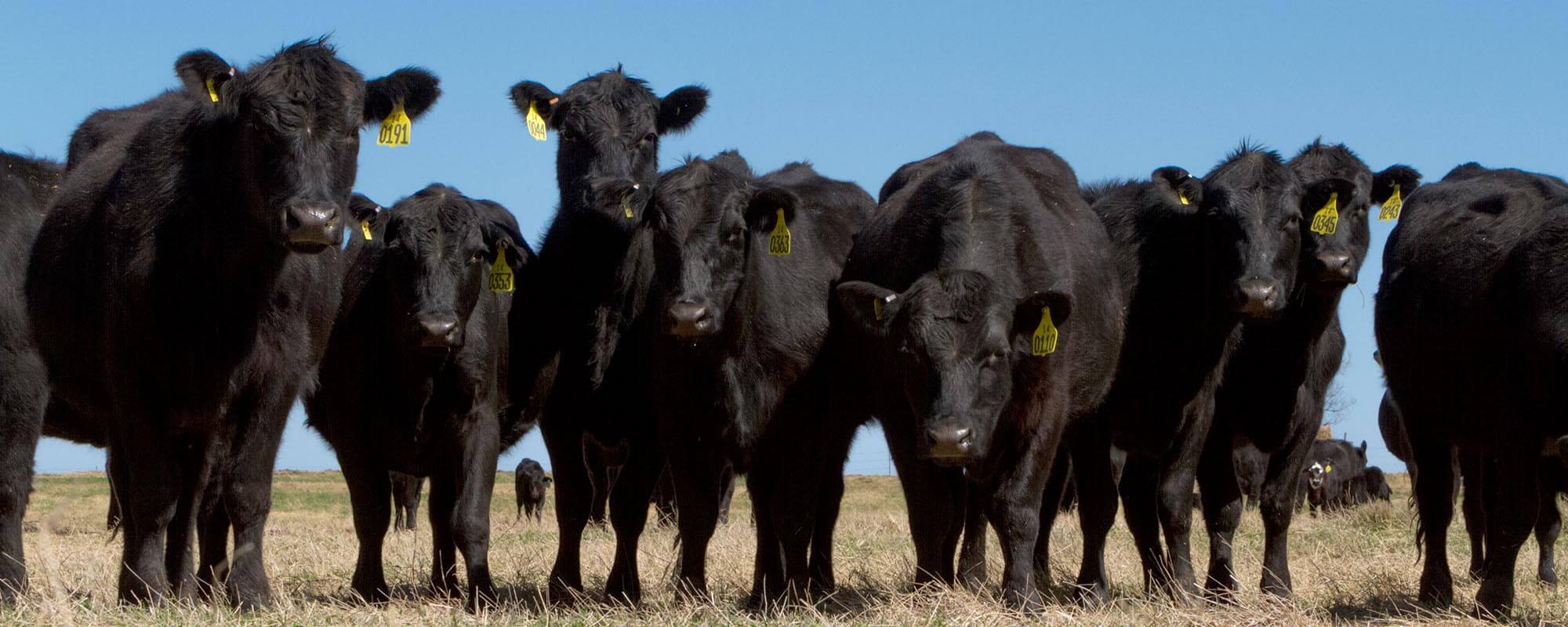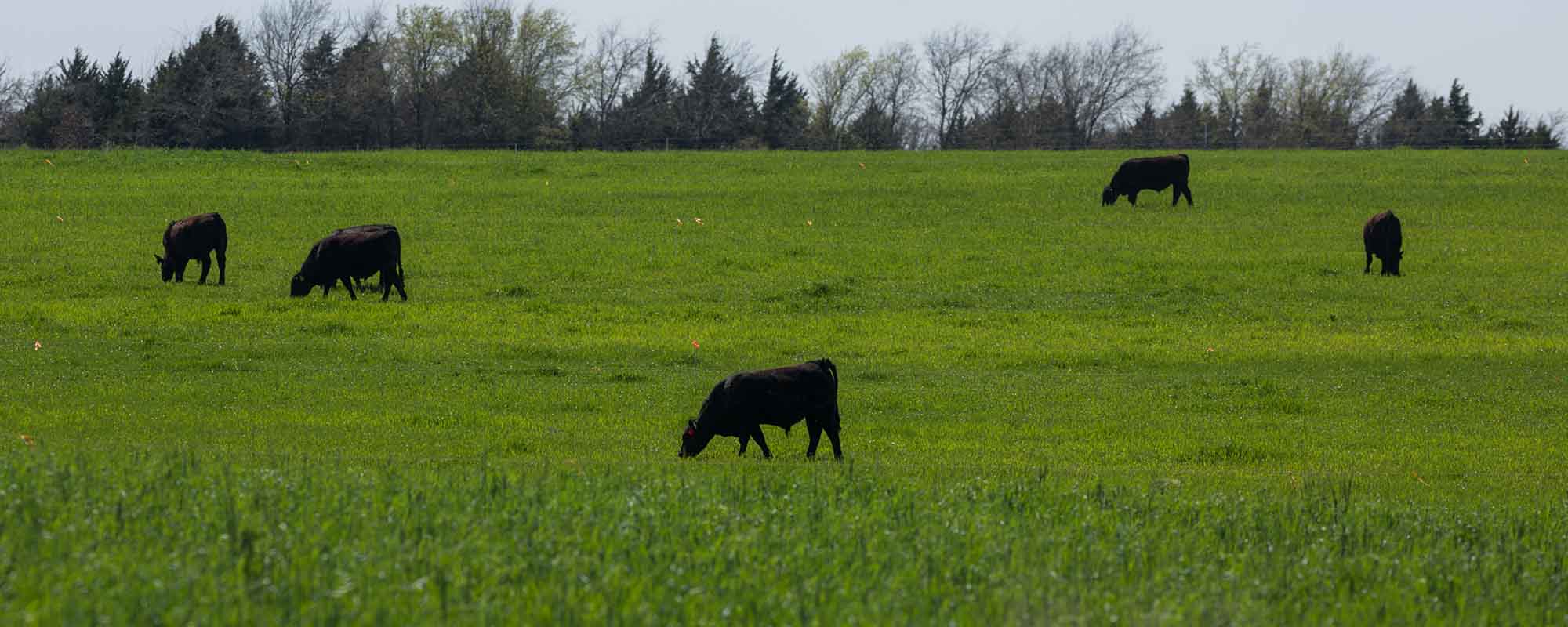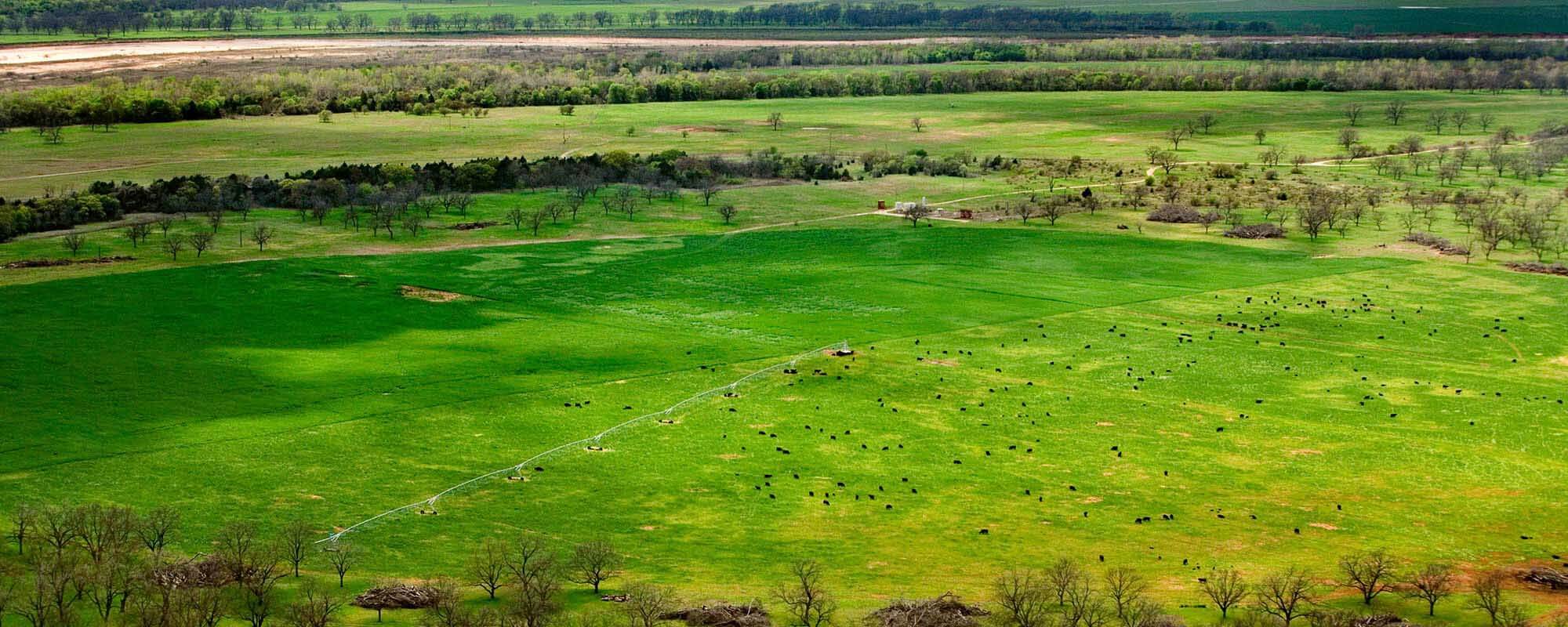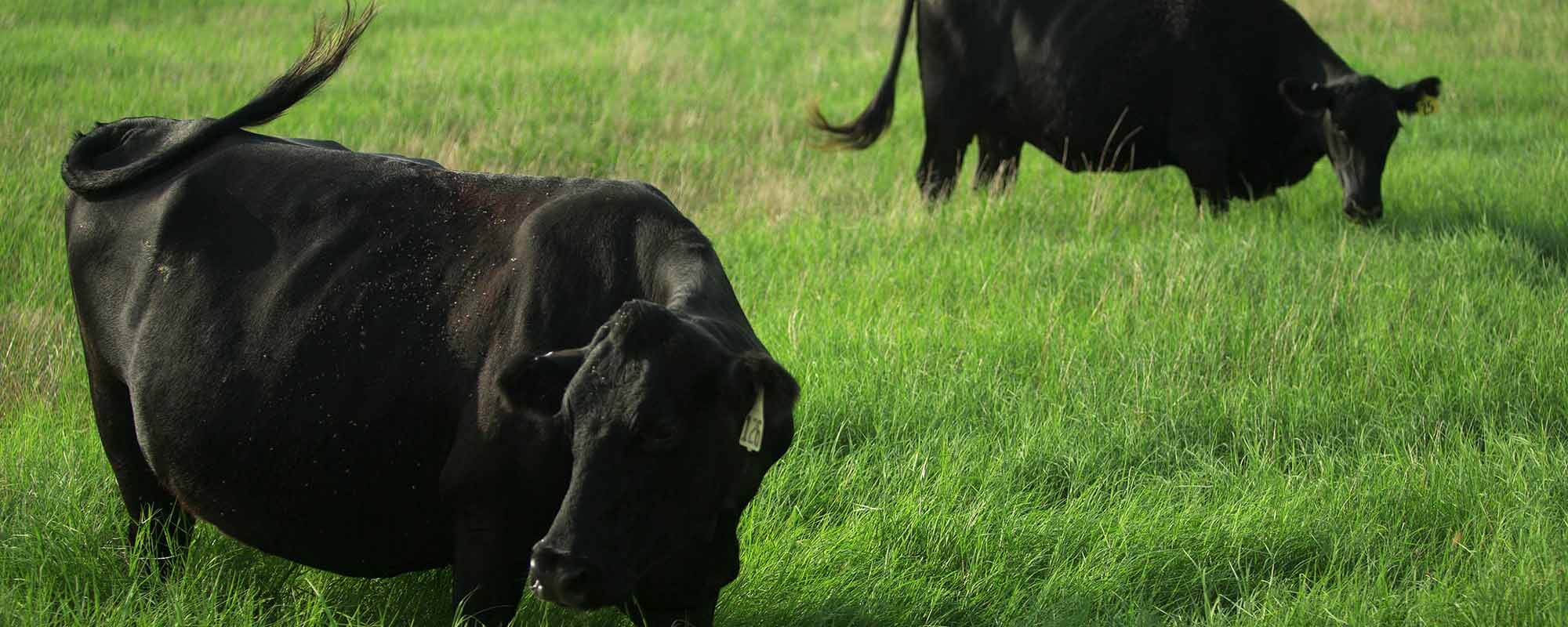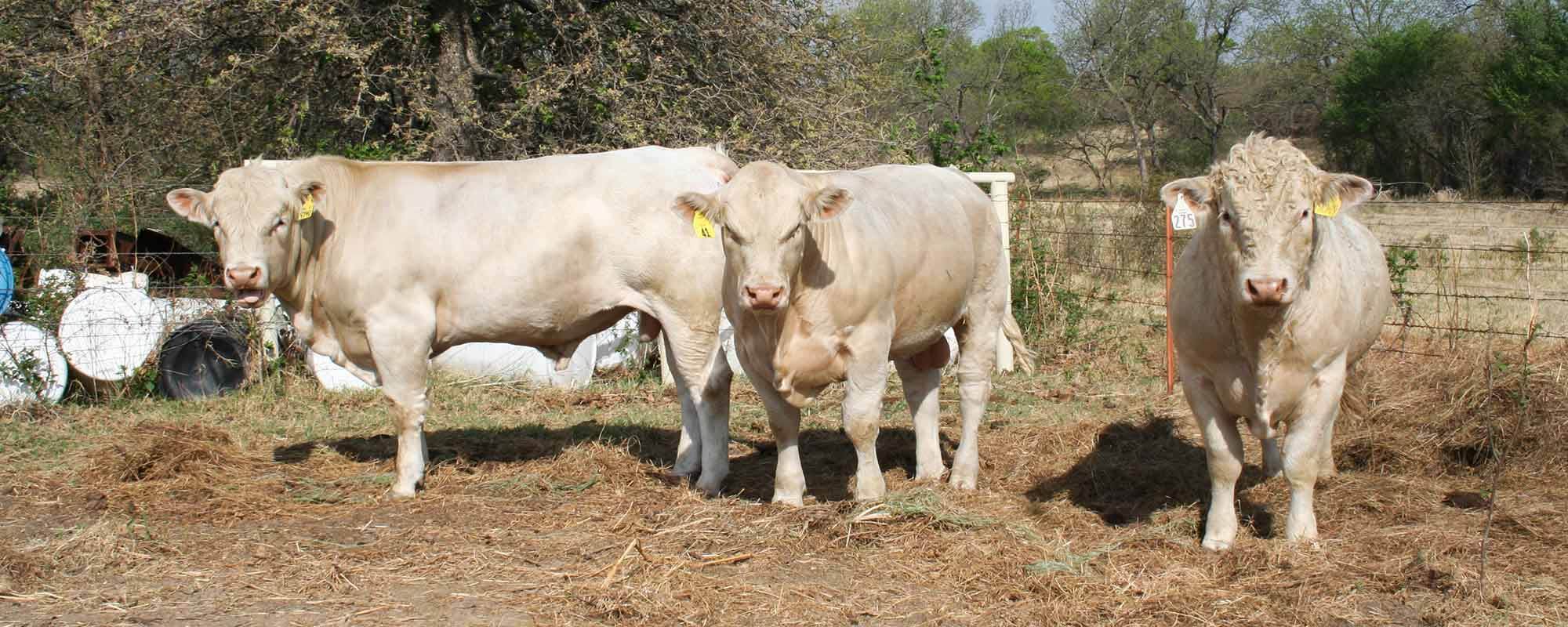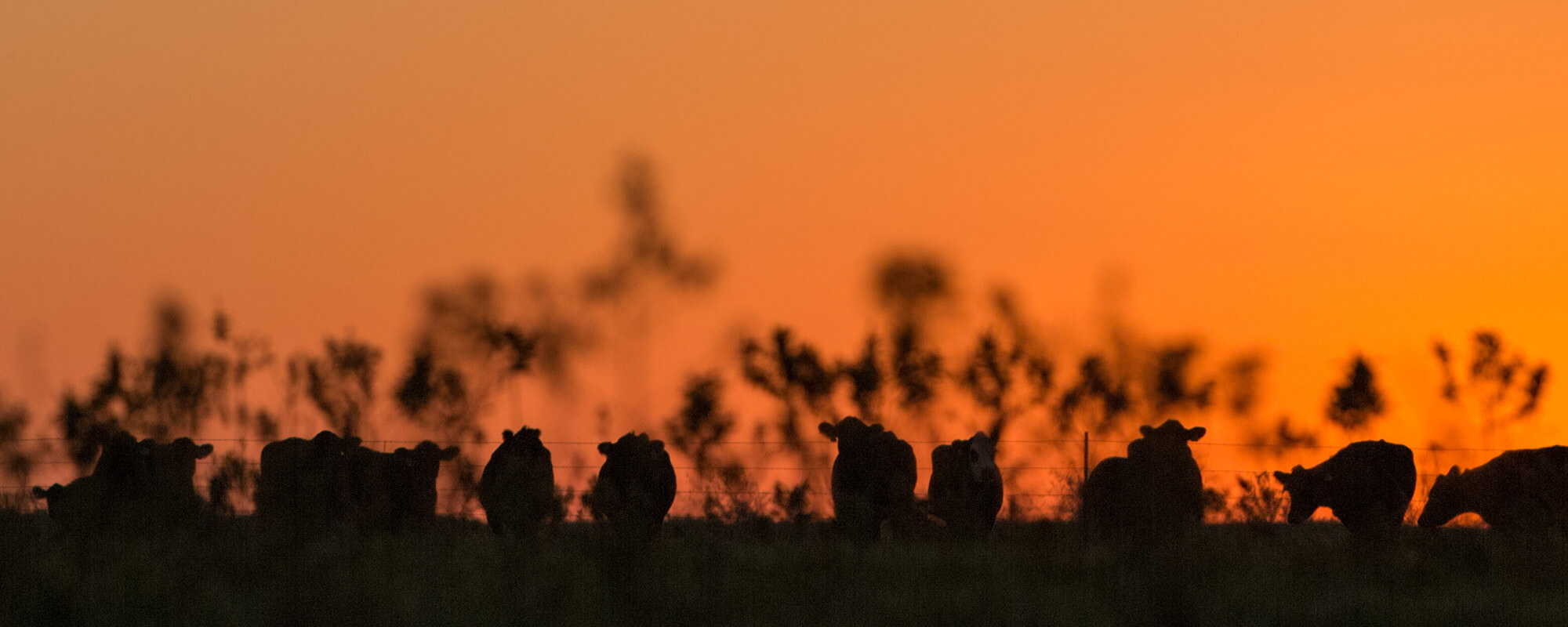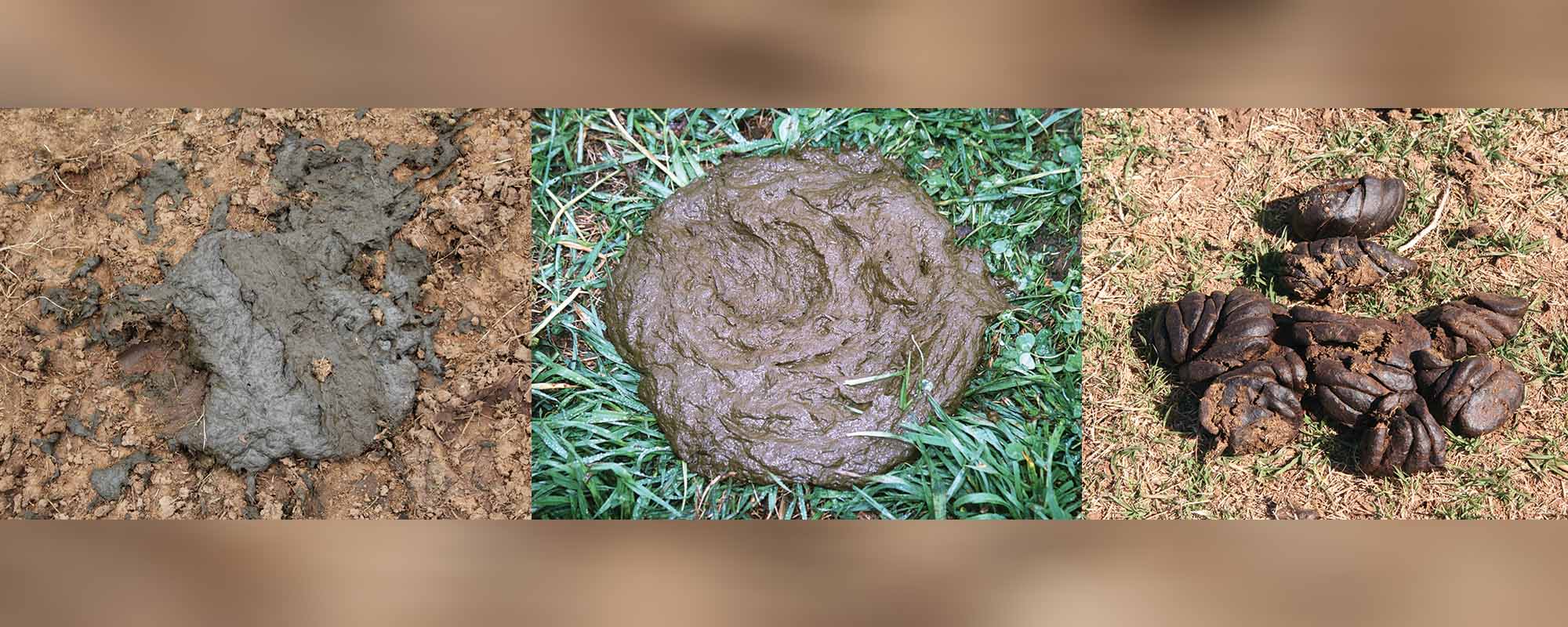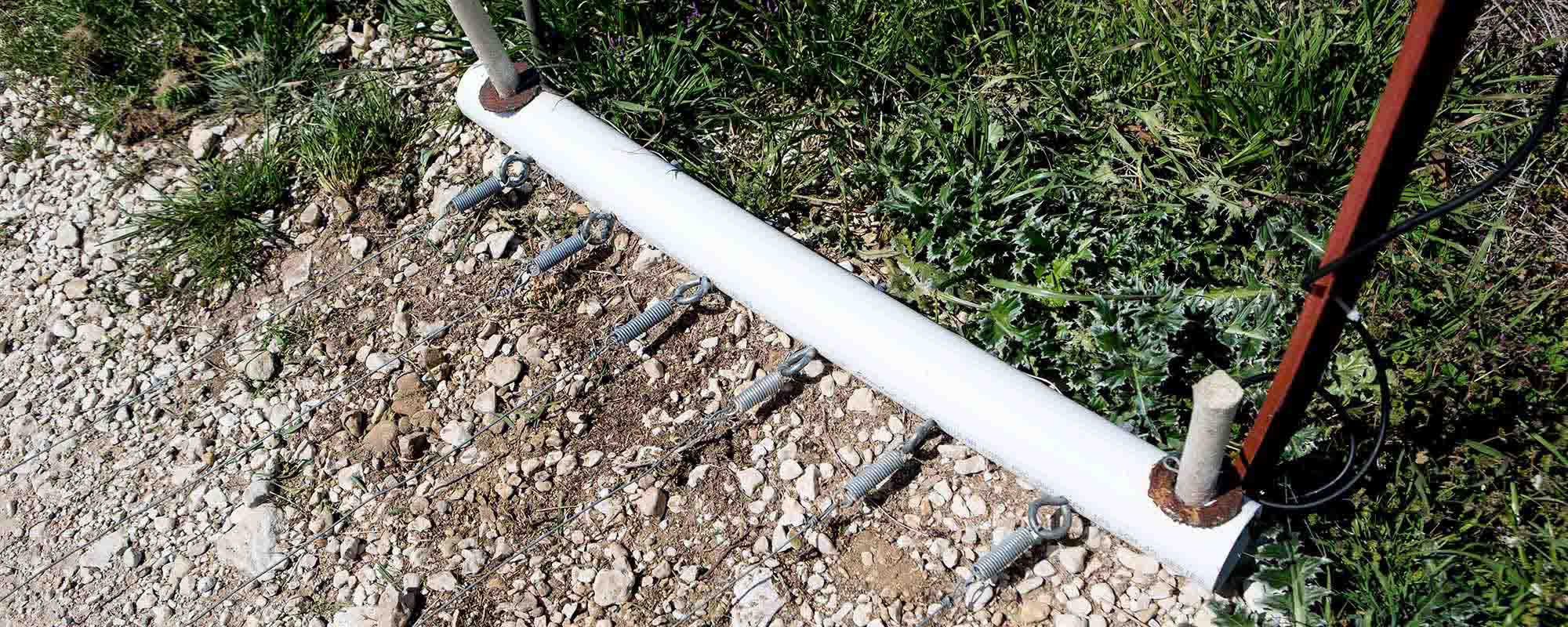You Cannot Starve a Profit Into a Cow
During and after drought, most producers try to survive the winter by stretching forage and feed resources. This can be accomplished with careful thought and consultation with a nutritionist to ensure that each cow’s nutrient requirements are still being met for the stage of production it is in. If corners are cut to save money now, it can have long lasting repercussions.
